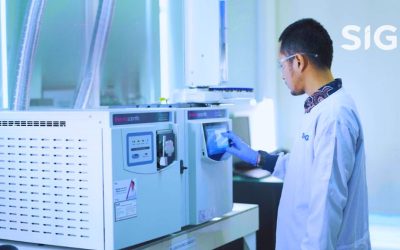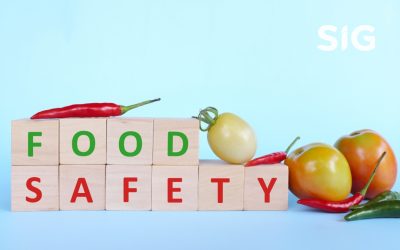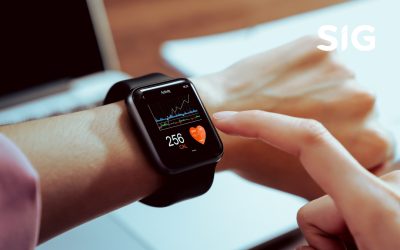Subchronic Toxicity
– Acute Toxicity
– Chronic Toxicity
– Dermal Acute Irritation
– Eye Irritation
– Sensitization
– Subchronic Toxicity
– Systemic Toxicity
– Vaginal Mocous Irritation
Description
Subchronic toxicity is the test that continues after the acute toxicity test. The difference between the two tests is the duration of time the substances are exposed to. Subchronic toxicity requires more time than acute toxicity. The amount of time required for exposure based on the duration of the substance’s use in humans.The purpose of the chronic toxicity test is to identify hazardous effects that may arise from repeated oral or dermal exposure over a short period of time during half of life expectancy, but not more than 10% of life. In addition, the test’s goal is to learn about the likelihood that toxic effects may manifest themselves that are not observable in acute toxicity tests, the dose at which there are no toxic effects (known as the NOAEL), as well as the cumulative impact and reversibility of such chemicals. The safety of the product in accordance with current regulations is the ultimate goal of all efforts.
How can SIG help?
As an authorized toxicity testing facility, SIG may conduct subchronic toxicity testing on a variety of pharmaceutical products, traditional medicines, cosmetics, and pesticides in accordance with all pertinent guidelines.
Method of Analysis
The Indonesian government has provided us with toxicity criteria, which we follow when conducting the testing. These standards include
- BPOM Regulation (Drugs, traditional medicine, and cosmetics)
- Toxicity guidance by Directorate of Fertilizer and Pesticides (Pesticides)
Library of Knowledge
Ensuring Product Safety and Product Compliance with SIG Laboratory Testing
In the food, cosmetics, pharmaceutical, and various other industries—including even toys—ensuring product safety and regulatory compliance is a crucial step before entering the market. SIG, a trusted testing laboratory with over 20 years of experience, supports...
Food Safety: Why Is Laboratory Testing for Food Important for Health?
Food is a basic necessity in human life. People consume food every day to meet their nutritional needs, ensuring that the body functions properly. Healthy and nutritious food helps boost the immune system, maintain metabolism, and support growth and development....
Make Sure Your Smartwatch Strap Does Not Cause Itching & Irritation with Toxicity Testing
Trends in Smartwatch Usage In recent years, the use of smartwatches has seen a significant increase. According to a survey by Rakuten Insight Center, approximately 64% of Indonesians own wearable devices, with smartwatches being the most dominant. Among these users,...
SIG Laboratory
Graha SIG, Jl Rasamala No. 20, Taman Yasmin, Bogor, Jawa Barat 16113.
Phone. +62 251 7532 348
WhatsApp. +62 82 111 516 516
Email. marketing@siglaboratory.co.id
SIG Jakarta
Jl. Percetakan Negara No. 52 B RT 006 / RW 001, Rawasari, Cempaka Putih, Jakarta Pusat 10570.
Phone. +62 21 2147 9292
SIG Medan
Jl. Bunga Asoka, Ruko Komp. Asoka Raya Residance No. 1, Medan Selayang, Sumatera Utara 20133,
WhatsApp. +62 822 7207 9665
Email. salesmedan.sig@saraswanti.com
SIG Semarang
Jl. Kanfer Raya Blok R No. 4 Pedalangan, Kec. Banyumanik, Kota Semarang, Jawa Tengah 50268.
Phone. +62 24 7004 0541
WhatsApp. +62 812 9000 5165
Email. cs.sigsmg@saraswanti.com
SIG Yogyakarta
WhatsApp. +62 896 4856 9422
Email. arifin.sig@saraswanti.com
Operational Hours
Monday to Friday
08.00 - 17.00 WIB.


FOLLOW US



